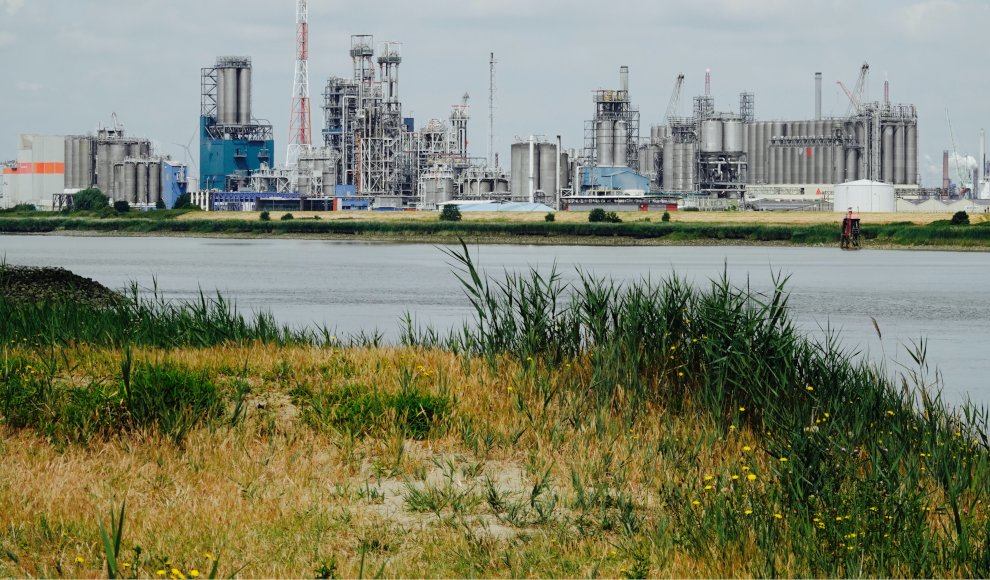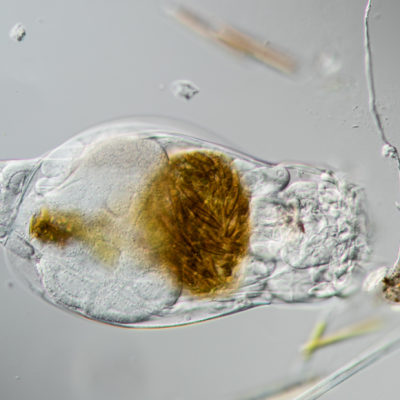Swiss company Exlterra has announced plans to rid the Chernobyl disaster site of radioactive contamination over the next five years using its Nucleus Separation Passive System (NSPS). The 1986 nuclear reactor explosion released cesium, strontium, uranium, and plutonium into the environment. While a steel shell has prevented further contamination since 2017, an area of around 2,800 square kilometers remains uninhabitable due to radiation. Exlterra claims its NSPS technology can remove the dangerous radiation from the affected areas. The company has already tested the system successfully on a football field-sized plot within the 30-kilometer exclusion zone around the reactor.
Exlterra inserted 4,849 polyethylene tubes containing positrons into the ground to break down the radioactive isotopes. The results of the experiment were “remarkable,” according to the head of the state ecological center that measures radiation levels in Chernobyl. Between November 2019 and September 2020, soil radiation levels fell by 37%, and air radiation levels dropped by 46%. Exlterra CEO Andrew Niemczyk said the company had “proved that we can use nature’s resources to heal the wounds we have inflicted on it.” The NSPS technology could also be used to prevent radioactive water from being released into the sea at Fukushima, Niemczyk added.
However, some experts have expressed doubts about the effectiveness of the NSPS. Horst-Michael Prasser, a former professor of nuclear energy systems at ETH Zurich, said the company’s claims did not explain the observed effects. He argued that the positrons would quickly collide with electrons and have no impact on the radioactive isotopes. Despite these concerns, Exlterra’s technology could offer a solution to the ongoing problem of radioactive contamination at Chernobyl and other sites.










